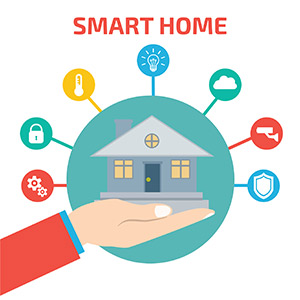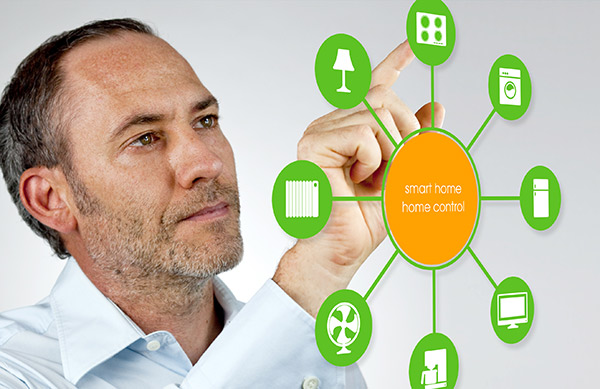Over the last few years there has been a rise in the number of PAN, LAN and WAN protocols. They have been used for deploying connected intelligent devices or aggregating previously unconnected devices into the connected realm via intermediaries, such as Internet of Things (IoT) Gateways. While each may have its advantages and disadvantages, there are some clear front runners based on certain IoT markets.
The consumer IoT space has rallied around Wi-Fi and BT. Whereas the industrial IoT, or the more generic enterprise IoT space, is more focused on Wi-Fi and Ethernet for LAN, cellular for WAN and 802.15.4 and LoRA type technologies for low power, last mile technologies. The silos for connectivity management platforms created by the network technology, focus on providing solutions that work only within these silos. This makes it difficult to achieve cross-platform and cross-device interoperability.
Vendors and solution providers have focused on simplifying the hurdles associated with provisioning and the scale of deployment of connected products. This has been done by using mobile and cloud technologies as intermediaries between the user and the devices. While there is good progress, there is still more work to be done here. Still, the issues of latency and access behind firewalls are crucial for IoT and the choice of protocols that are WAN and IoT friendly. If we take a look at the IoT in general we see three main challenges for now and the future.
Security
It’s all about the devices that are deployed remotely in environments where physical monitoring may not be feasible. Equally, protected access and data becomes very important. A foundation that provides the required secrecy (encryption), access control (who is allowed to access what) and device identification (is this the correct and valid device/person/system) along the end-to-end connection path is easy to integrate with existing IT security policies.
Device management
Device management is the challenge of provisioning devices during installation or in staging areas before deployment so that they can start to operate once plugged into the network. This is important as most of the IoT devices do not have rich User Interface or Human Machine Interface screens on them. To get this to work independently to the network topology or layers of network domains in between the remote devices and the applications interacting with the devices, is still a challenge. The diversity of the devices and their communication interfaces adds to that complexity. The scale of deployment is many times larger than those typically encountered within the PC or mobile computing environments. Solutions that simplify this workflow while managing the large scale and diversity of the device deployment provide significant advantages to both the Operations Technology as well as to the Information Technology employees involved in these types of applications.
Data and services centric view
The third main challenge is the data and services centric view. Organisations need to evolve from a product and functional view of products, to a data centric model for the products. This is a significant development from their normal mode of business operations, because is now focuses on the information and the insights that the product can provide. Moving towards service oriented business models instead of selling products is also challenging for organisations to adapt to. It will however be essential to start this transformation.
 IoT maturity model
IoT maturity model
It is clear the IoT is going to continue to grow at a fast pace and these challenges need to be addressed. If we look into the future, an IoT solution maturity model will help organisations understand their current state of deployments. This assesses how they can progress along the maturity curve instead of trying to achieve the “holy grail” of IoT solutions. The typical stages in this maturity model would be centered around the following:
- Level 1 – “securely connect”
- Level 2 – “manage”
- Level 3 – “capture/transform”
- Level 4 – “analyse”
- Level 5 – “optimise”
The development of reference models for IoT, such as the one proposed by the IoT World Forum and the ITU-T, and standardisation activities around the various layers in the reference models should help customers understand what the ecosystem provides. It will also allow customers to understand what they need to develop internally and what needs to be procured and integrated.
By Kurt Busch, CEO, Lantronix







